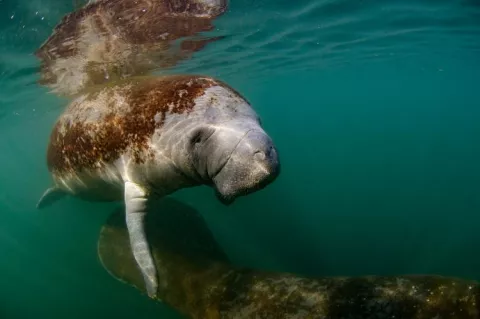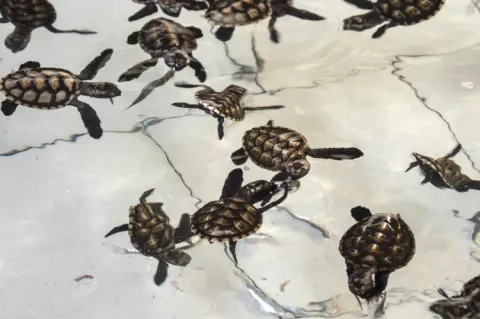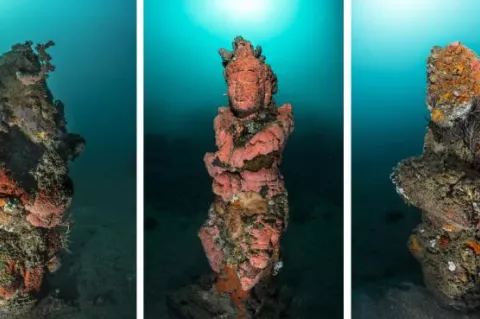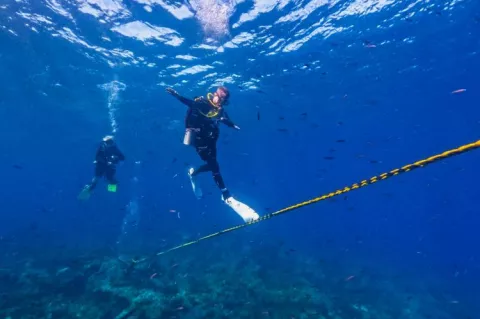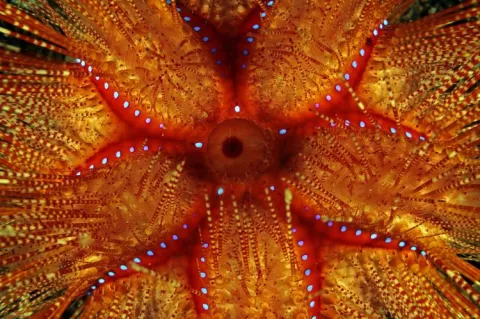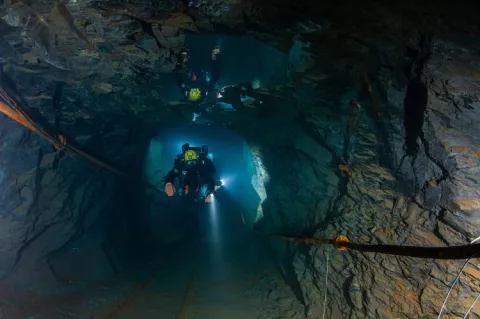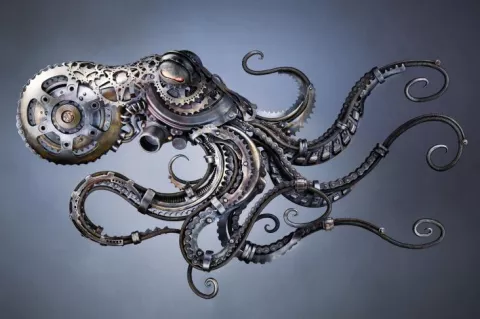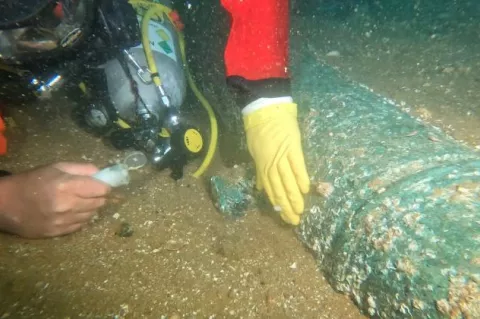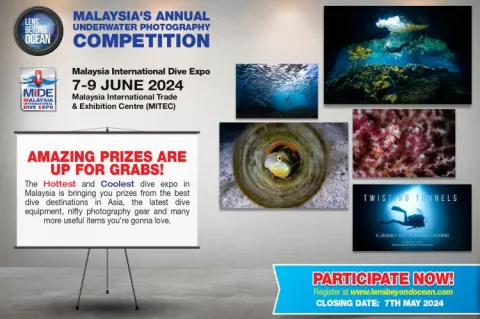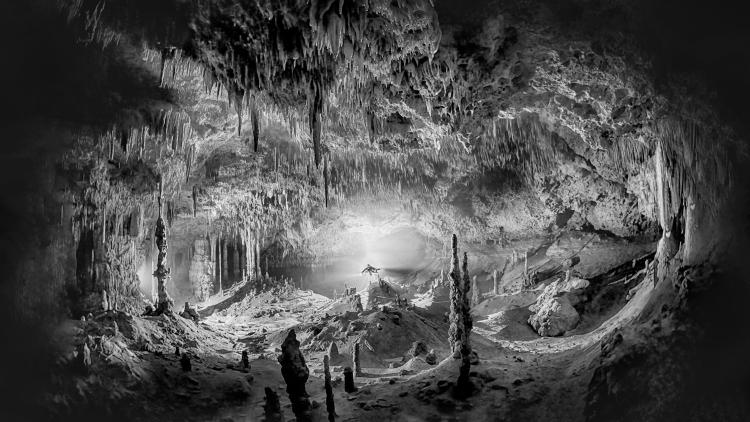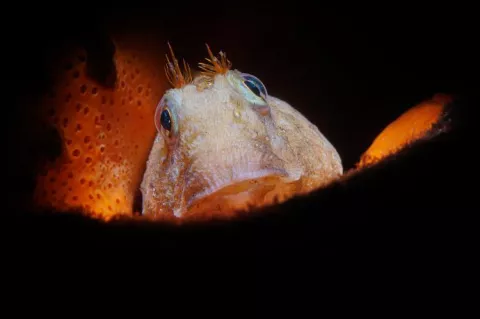Manatees up for protection
Federal wildlife authorities are re-evaluating the classification of manatees, a move prompted by mounting issues, most notably the devastating loss of seagrass, a critical food source for these gentle marine creatures.
A Long-Overdue Review
The U.S. Fish and Wildlife Service recently announced its intention to revisit the categorization of manatees, contemplating a return from “threatened” to “endangered.” This potential reversal would overturn the 2017 decision to reclassify manatees.

